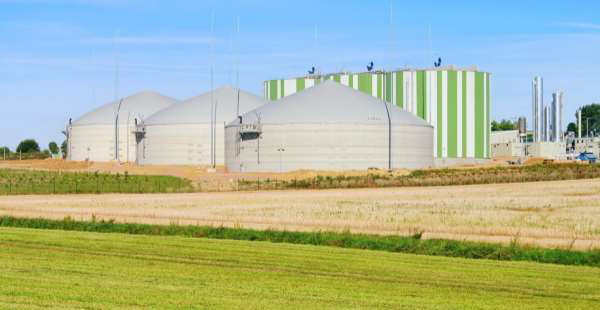
- Solar Energy - Introduction
- Solar Energy - Photovoltaic Effect
- Developing Solar Panel
- Solar Energy - Cell Efficiency
- Types of Photovoltaics
- Geothermal Energy
- Geothermal Energy - Introduction
- Geothermal Energy - Extraction
- Geothermal Energy - Geophysics
- Hydroelectric Power
- Hydroelectric Power - Introduction
- Hydroelectric Power - Turbine Types
- Hydroelectric Power Systems
- Hydraulic Ram Pump
- Renewable Energy Resources
- Renewable Energy - Quick Guide
- Renewable Energy - Resources
- Renewable Energy - Discussion
Bio Energy - Introduction
Biomass means living organisms and those that recently died. It does not include those organisms that are already converted to fossil fuel. In energy generation, it refers to waste plants that are utilized to generate energy by combustion.
The methods of conversion to bio-fuel are numerous and largely classified as chemical, thermal and biochemical. This is the oldest as well as the most widely spread source of renewable energy. It has a variety of conversion methods.
Direct combustion was traditionally practiced using wood fuel. Advanced processes such as pyrolysis (the process of making charcoal), fermentation and anaerobic digestion convert these sources to a denser and easy to transport forms such as oil and ethanol. Coal is a product of pyrolysis process, which strengthens the matter by burning it in the absence of Oxygen.

Bio-fuel is a term that refers to fuel derived from biomass. As mentioned before, biomass is any organic matter both living and dead and ranges from plants to organic wastes. In most cases, biomass rich in oil or sugar is ideal for energy production.
The term bio-energy refers to energy obtained from organisms either living or dead. This does not include fossil fuels. We could classify bio-fuel by their sources or according to generation.
Classification of Bio-Fuel by Source
Wood fuel − Derived from trees, bushes, or shrubs. Examples of wood fuel include charcoal and wood.
Agro-fuels − Obtained from farm product biomass such as dead crops or from other plant parts such as cereal. Agro-fuel is majorly derived from sugar and oil crops.
Municipal by-products − Derived from waste collected from major towns. There are two categories of municipal waste. Solid waste bio-fuel is derived from direct combustion of solid waste from industries or commercial institutions. Liquid/gas waste bio-fuel is obtained from fermentation of the wastes collected.
Classification of Bio-Fuel by Generation
First generation − Processed from sugar vegetable oil and animal fats pressed into oil for combustion in engines or fermented and processed into ethanol for the same purpose. The final products are oils, bio-diesel, alcohol, syngas, solid bio-fuel and biogas.
Second generation − Derived from cellulose and waste (non-food). This waste is derived from stalks of crops and wood, bio-hydrogen, bio-alcohol, dimethyl formamide DMF, wood diesel, mixed alcohol, and bio-dimethyl ether DME.
Third generation − Found in algae, believed to produce high yield of energy at low cost. The energy from algae is known as oil-gae.